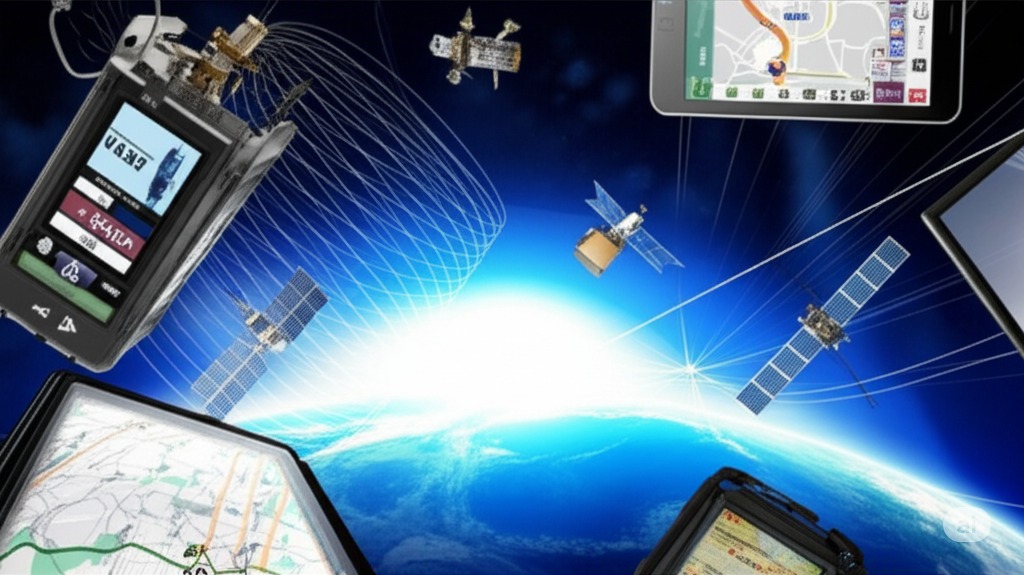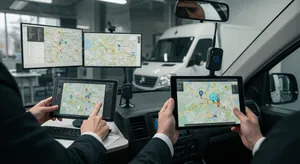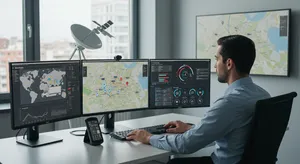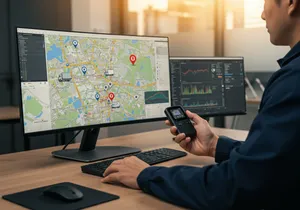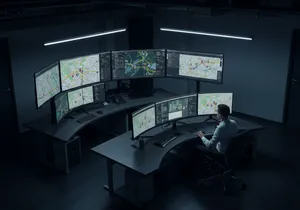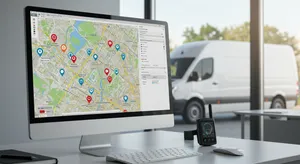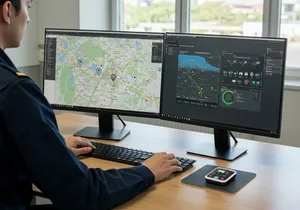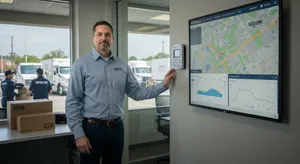Commercial Tracking Categories
- Must-Have Features
- Core tracking include real-time location monitoring, geofencing alerts, and vehicle diagnostics. These features form the foundation of effective fleet management. Additional upgrade operational control and data analysis.
- ROI Impact
- Tracking systems generate measurable returns through fuel savings, maintenance optimization, and improved resource allocation. Companies typically see ROI within 6-12 months of implementation.

